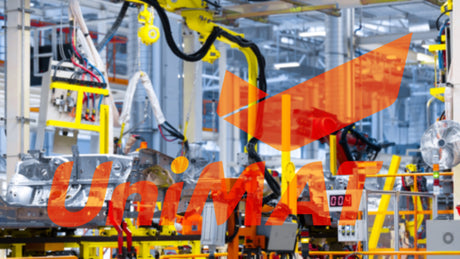
Application in automobile engine assembly line
By UniMAT
1. System overview The original two engine assembly lines of an automobile engine factory mainly complete the assembly work of the engine. The engine cylinder block from the machine is...

By UniMAT
1. System overview The original two engine assembly lines of an automobile engine factory mainly complete the assembly work of the engine. The engine cylinder block from the machine is...

By UniMAT
First, preface The press of several production lines in an automobile factory is the equipment manufactured by German SCHULER Press Company in the 1990s. The S5 series...